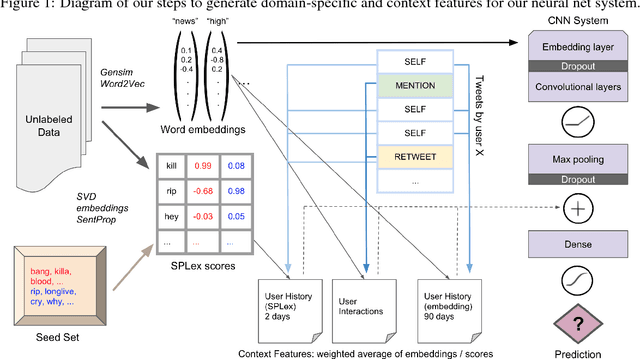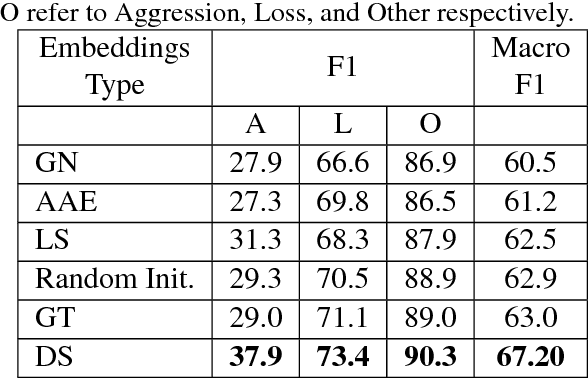Ethan Adams
Weakly-Supervised Semantic Segmentation of Ships Using Thermal Imagery
Dec 26, 2022



Abstract:The United States coastline spans 95,471 miles; a distance that cannot be effectively patrolled or secured by manual human effort alone. Unmanned Aerial Vehicles (UAVs) equipped with infrared cameras and deep-learning based algorithms represent a more efficient alternative for identifying and segmenting objects of interest - namely, ships. However, standard approaches to training these algorithms require large-scale datasets of densely labeled infrared maritime images. Such datasets are not publicly available and manually annotating every pixel in a large-scale dataset would have an extreme labor cost. In this work we demonstrate that, in the context of segmenting ships in infrared imagery, weakly-supervising an algorithm with sparsely labeled data can drastically reduce data labeling costs with minimal impact on system performance. We apply weakly-supervised learning to an unlabeled dataset of 7055 infrared images sourced from the Naval Air Warfare Center Aircraft Division (NAWCAD). We find that by sparsely labeling only 32 points per image, weakly-supervised segmentation models can still effectively detect and segment ships, with a Jaccard score of up to 0.756.
Detecting Gang-Involved Escalation on Social Media Using Context
Sep 10, 2018



Abstract:Gang-involved youth in cities such as Chicago have increasingly turned to social media to post about their experiences and intents online. In some situations, when they experience the loss of a loved one, their online expression of emotion may evolve into aggression towards rival gangs and ultimately into real-world violence. In this paper, we present a novel system for detecting Aggression and Loss in social media. Our system features the use of domain-specific resources automatically derived from a large unlabeled corpus, and contextual representations of the emotional and semantic content of the user's recent tweets as well as their interactions with other users. Incorporating context in our Convolutional Neural Network (CNN) leads to a significant improvement.
* 12 pages
 Add to Chrome
Add to Chrome Add to Firefox
Add to Firefox Add to Edge
Add to Edge